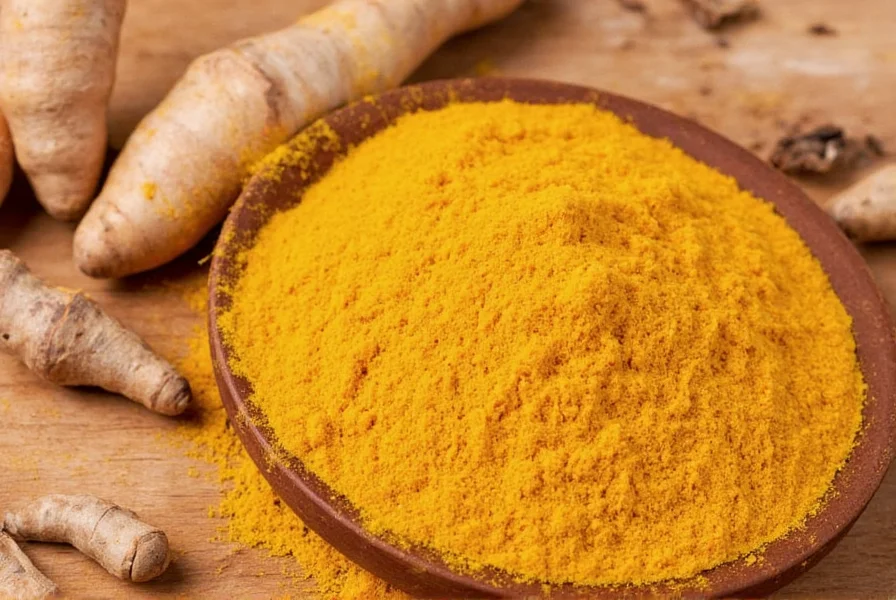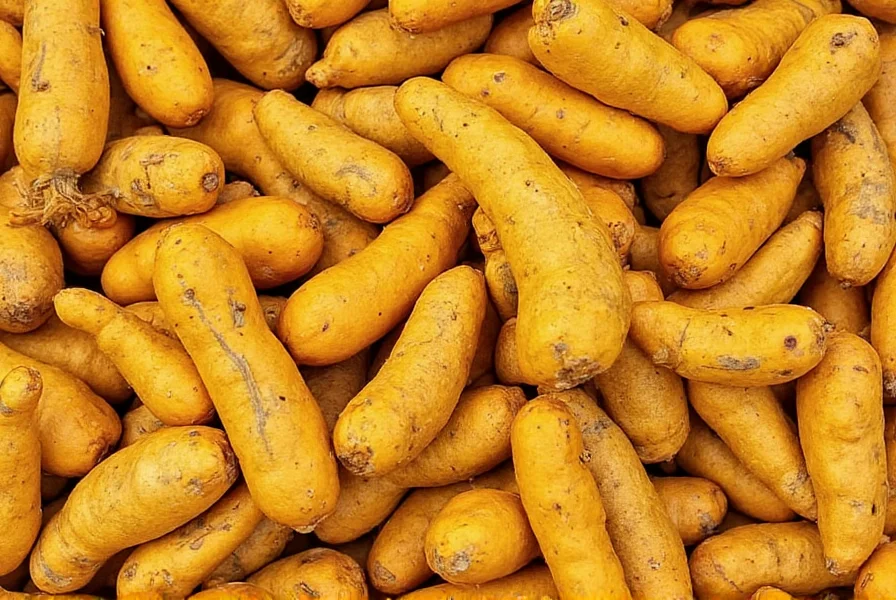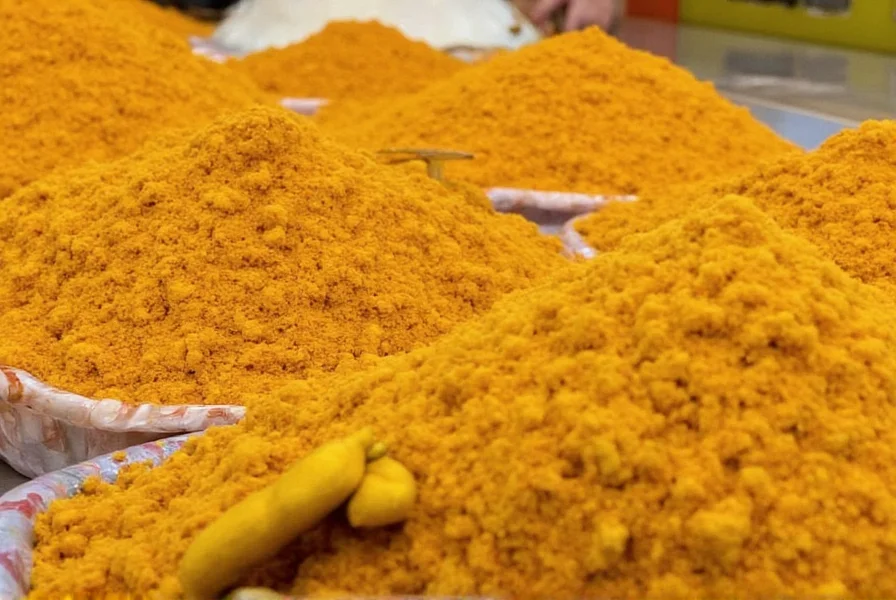If you're searching for fresh turmeric near you, check local grocery stores (especially larger chains with international sections), Indian or Southeast Asian markets, farmers markets, and health food stores. Fresh turmeric root typically appears in the produce section alongside ginger. Most major supermarkets now carry it year-round, but specialty markets offer higher quality and better prices. When searching "fresh turmeric near me," verify store hours and call ahead to confirm availability before visiting.
Fresh turmeric root (Curcuma longa) has gained popularity for its vibrant color, earthy flavor, and potential health benefits. Unlike the powdered form found in spice aisles, fresh turmeric offers more intense flavor and higher curcumin content. Finding it locally requires knowing where to look and what to expect.
Where to Find Fresh Turmeric in Your Area
Understanding where fresh turmeric is typically stocked helps streamline your search. While availability varies by region, these locations consistently offer the best chances of finding quality fresh turmeric root:
Grocery Stores and Supermarkets
Major grocery chains like Whole Foods, Trader Joe's, Kroger, and Publix often carry fresh turmeric in their produce sections. Look near the ginger root, as they're frequently displayed together. Stores with robust international food sections are more likely to stock turmeric year-round rather than seasonally. When searching "fresh turmeric near me at grocery stores," check the store's website or call customer service to confirm current availability.
| Store Type | Typical Location in Store | Price Range (per ounce) | Best Days to Find Stock |
|---|---|---|---|
| Major Supermarkets | Produce section near ginger | $1.50-$2.50 | Tuesday-Thursday |
| Indian/Southeast Asian Markets | Dedicated root vegetable area | $0.75-$1.25 | Daily (highest stock weekends) |
| Farmers Markets | Local produce vendors | $1.00-$2.00 | Market days (varies by location) |
| Health Food Stores | Organic produce section | $2.00-$3.00 | Daily |
Ethnic Markets for Highest Quality and Best Value
For the freshest and most affordable turmeric, seek out Indian, Pakistani, or Southeast Asian grocery stores. These markets typically source directly from suppliers who cater to communities that use turmeric regularly in cooking. When searching "fresh turmeric near me at ethnic markets," you'll often find larger roots with deeper color and stronger aroma compared to mainstream supermarkets. Many specialty markets sell turmeric by the pound, making it cost-effective for regular users.

Farmers Markets and Local Producers
During growing season (spring through fall), check local farmers markets for regionally grown turmeric. While not native to most climates, an increasing number of small-scale farmers cultivate turmeric in suitable regions. When searching "fresh turmeric near me at farmers market," look for vendors specializing in heirloom or unusual produce. These sources often provide the freshest product with the shortest time from harvest to sale.
How to Select Quality Fresh Turmeric
Not all fresh turmeric is created equal. When you find fresh turmeric near your location, use these selection criteria:
- Firmness: Should feel solid with no soft spots or wrinkles
- Color: Vibrant orange-yellow skin (darker indicates higher curcumin content)
- Size: Look for pieces 2-4 inches long with multiple "fingers"
- Smell: Should have a warm, earthy aroma with citrus notes
- Moisture: Slightly damp but not wet or moldy
Avoid turmeric that appears dried out, shriveled, or has green sprouts (though sprouted turmeric remains edible, it's less potent). When comparing options at local stores carrying fresh turmeric, choose roots with smooth skin and minimal blemishes.
Storing Fresh Turmeric Properly
Proper storage extends the shelf life of your fresh turmeric purchase. After finding fresh turmeric near me and purchasing it:
- Do not wash until ready to use (moisture accelerates spoilage)
- Store whole roots in a paper bag in the refrigerator vegetable drawer
- Alternatively, submerge in vodka or vinegar for extended preservation
- For long-term storage, freeze peeled and sliced turmeric in airtight containers
Properly stored, fresh turmeric maintains quality for 2-3 weeks in the refrigerator. When stored in vodka or vinegar, it can last up to six months while preserving most of its beneficial compounds.
Simple Ways to Use Fresh Turmeric
Once you've successfully located fresh turmeric near your area, try these beginner-friendly applications:
Peel the skin with a spoon (like ginger), then grate, slice, or juice the root. Add to:
- Golden milk (turmeric latte) with warm milk, black pepper, and honey
- Smoothies for color and potential anti-inflammatory benefits
- Curries and rice dishes (use 1 inch fresh turmeric = 1 teaspoon powder)
- Vinaigrettes and salad dressings
- Vegetable roasts and soups
Remember that fresh turmeric stains fabrics and surfaces yellow-orange, so handle with care. Adding black pepper enhances curcumin absorption, and combining with healthy fats improves bioavailability.

Turmeric Availability by Season
While supermarkets typically stock turmeric year-round, understanding seasonal availability helps when searching "fresh turmeric near me" in different months:
- Peak season: October through February (harvest season in major growing regions)
- Good availability: March through June
- Limited availability: July through September (depending on region)
During off-season months, specialty markets remain your best bet for finding quality fresh turmeric. Frozen turmeric is also available at some Asian markets as an alternative when fresh isn't available.











 浙公网安备
33010002000092号
浙公网安备
33010002000092号 浙B2-20120091-4
浙B2-20120091-4